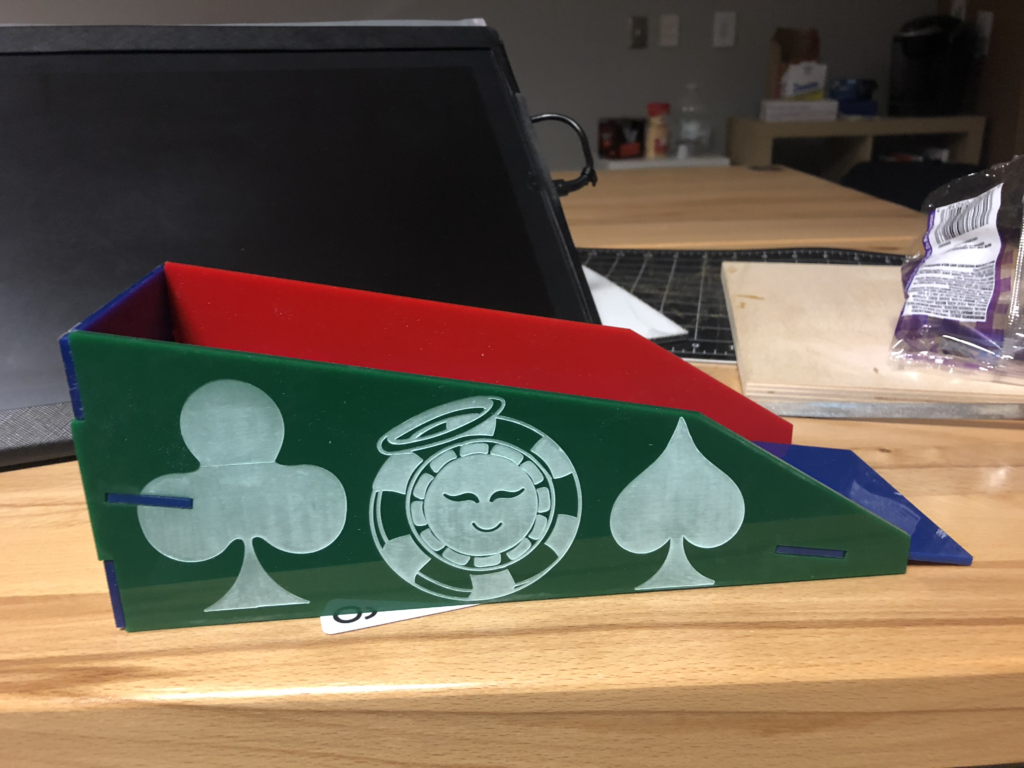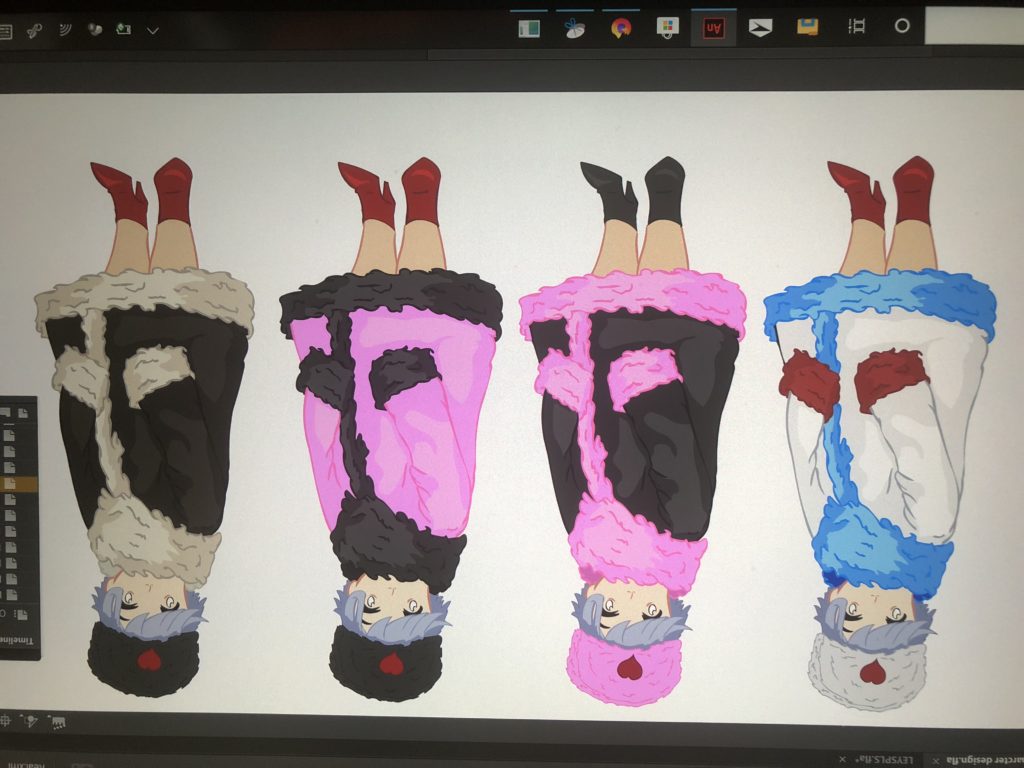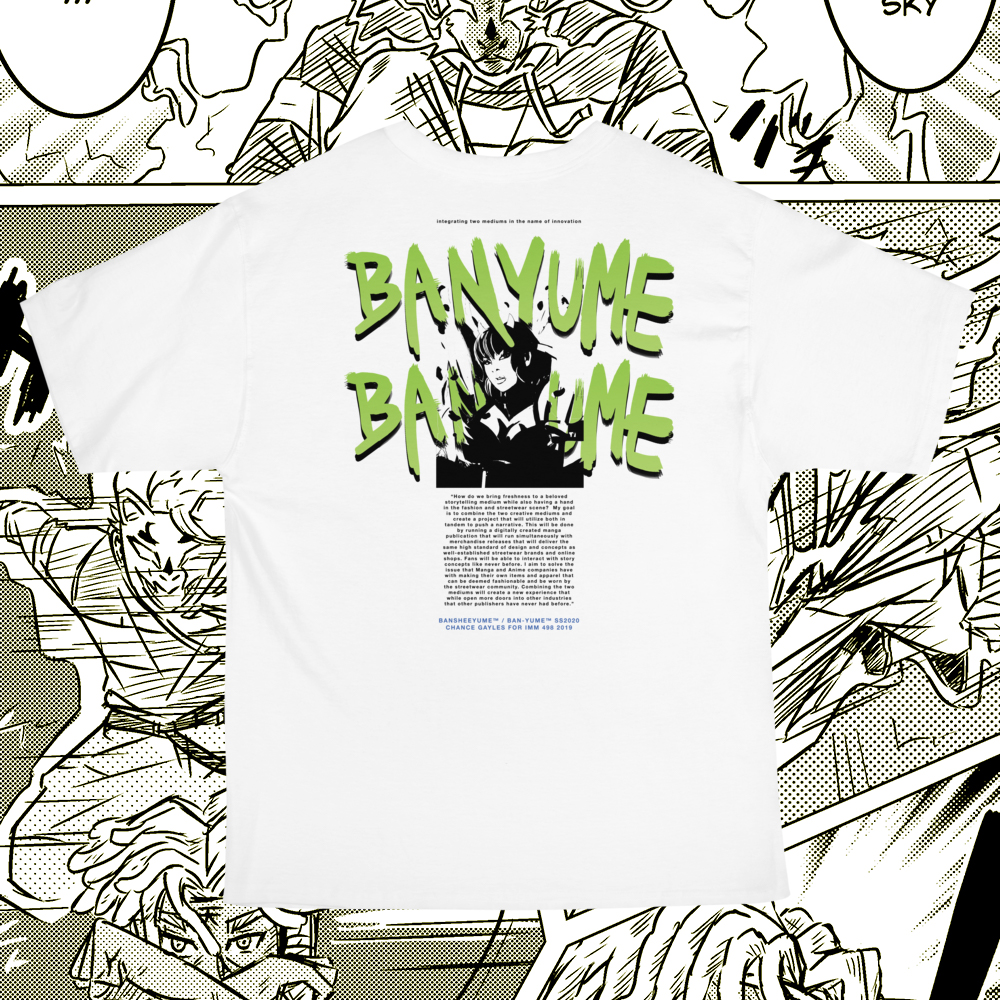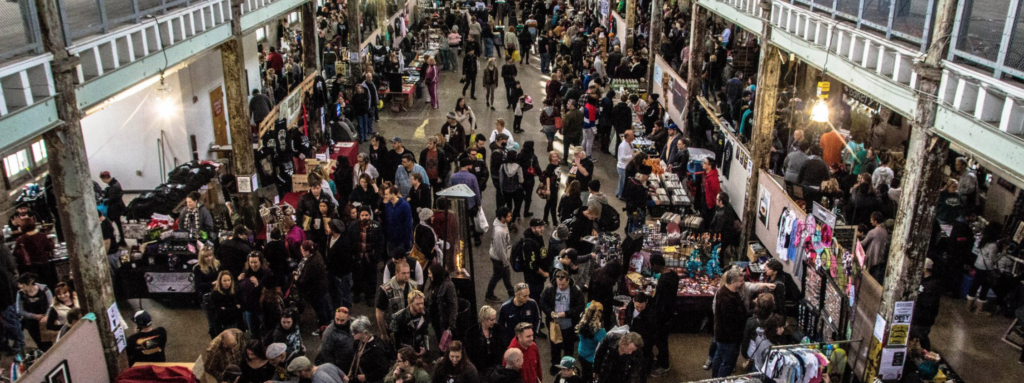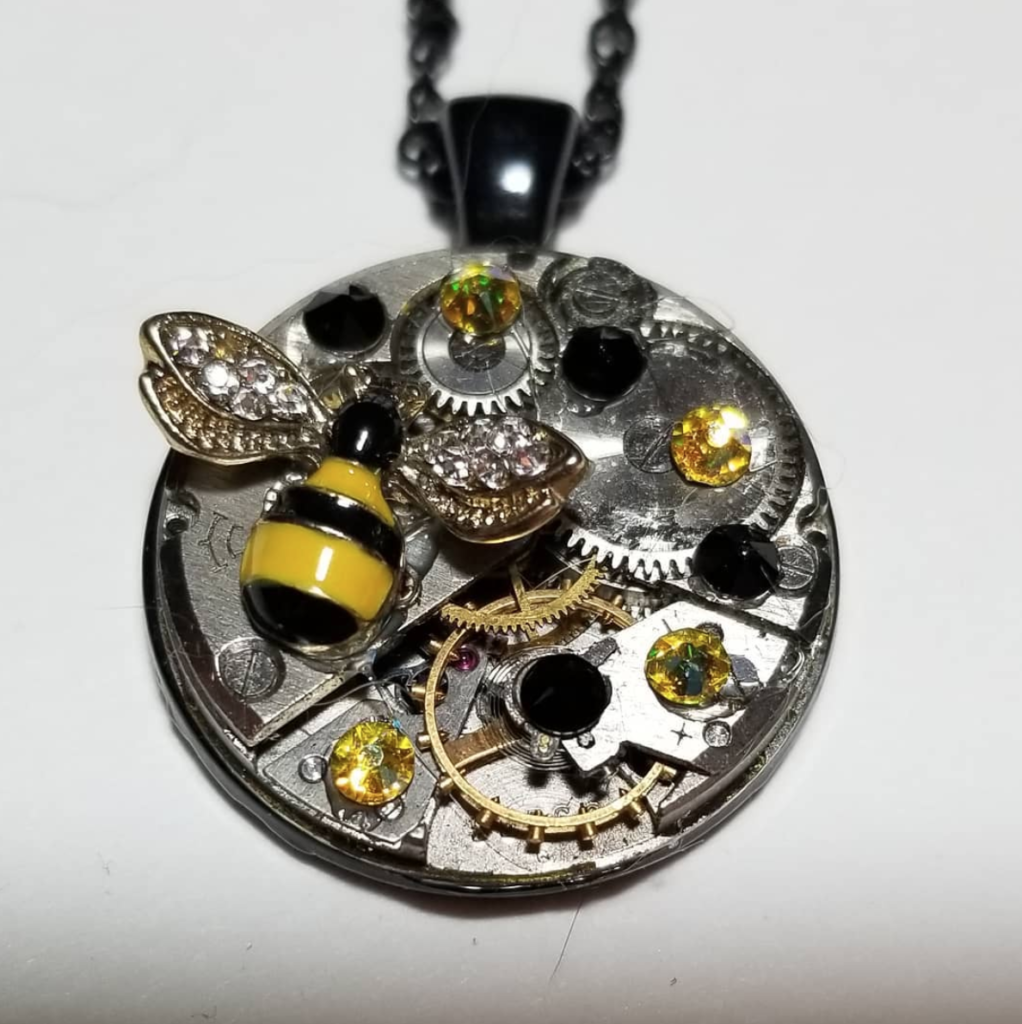For my third iteration of my prototype, I decided to make a character utilizing the techniques that I learned from watching Samurai Jack. I decided to create my version of the Japanese Monster Shuten Douji. While the design isn’t exactly what I want to do for my project, it is definitely a step in the right direction. I decided to still keep elements that you would find in the respective culture, such as giving the character samurai armor. However the design is entirely in my own style and heavily inspired by the lineless character designs that are utilized in Samurai Jack. The reception I received from this design was overall positive. People favored this style much more than my original drawing not only because it aesthetically looked better, but also because it was a style I would be interested in exploring. There were a couple of things that I would like to change. Most people were immediately able to pinpoint that I was inspired by Samurai Jack. While I was happy that the style I was experimenting with was able to portray where I got the inspiration from, I also took this as a sign that I need to refine my style even further so it becomes less of a copy and more of an original take inspired by the piece of media. I was also giving some tips on how I might want to animate the characters once they’re designed. The program I plan on using is Adobe Illustrator, but I was told that I could try playing around with puppet animation rather than frame by frame like a traditional animation would. Also this style of animation could help further differentiate my style from Samurai Jack.
Elevator Pitch: Mythology has been a part of world culture for centuries. There are many rich and fascinating stories that have been passed down through time. However, stories don’t need to simply be told through word of mouth or through texts. My project plan is to create an interactive exhibit that showcases mythological heroes and villains that have appeared throughout Greek, Japanese, Hindu and Norse mythologies. I plan to have motion graphic videos that detail each character’s respective stories along with 3D models that one could interact with. My goal is to have an interesting interactive experience while teaching the viewer about mythological characters and their stories in a fun way.
